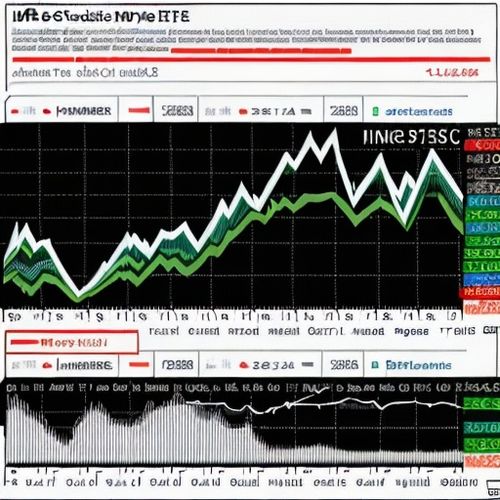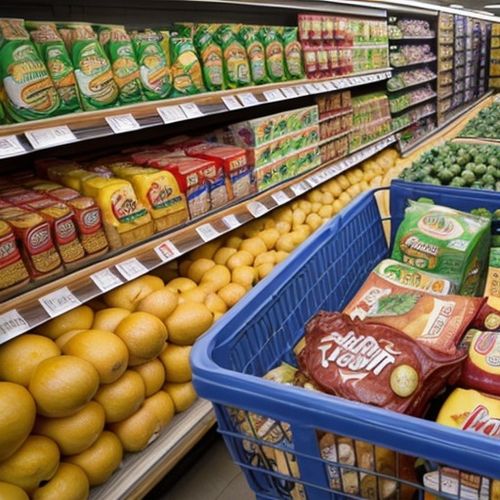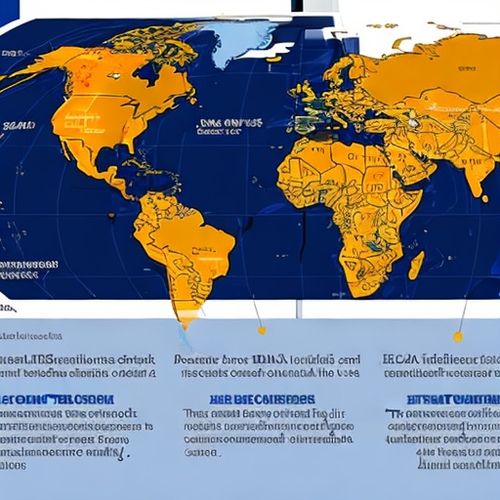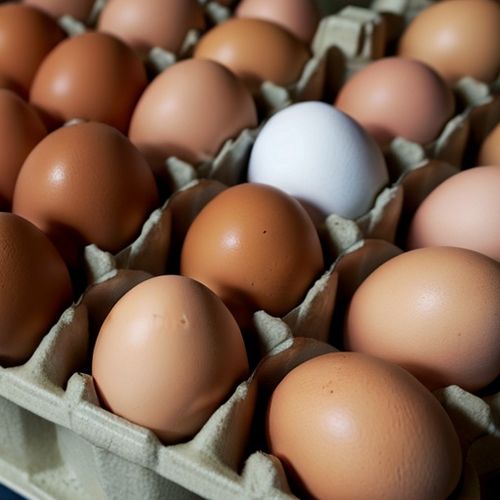In the world of agriculture, few products are as essential and ubiquitous as eggs. They are a staple in kitchens across America, a symbol of simplicity and sustenance. Yet, behind the humble egg lies a complex web of supply, demand, and pricing that has recently thrust one company into the spotlight: Cal-Maine Foods, the largest U.S. egg producer. This Mississippi-based giant has found itself at the center of a storm, facing an investigation by the antitrust division of the U.S. Department of Justice. As the investigation unfolds, the ripple effects are being felt not only in the financial markets but also in the broader economy.
Cal-Maine Foods, headquartered in Ridgeland, Mississippi, is no ordinary company. It is a behemoth in the egg industry, supplying nearly 20% of the nation's eggs. Its reach is vast, its influence significant. However, recent events have cast a shadow over its operations. The company acknowledged receiving notice of an investigation into egg price increases last month, a development that sent shockwaves through the market. Shares of Cal-Maine Foods fell more than 4% in after-hours trading on Tuesday, a clear indication of investor unease.
The backdrop to this investigation is a tale of supply and demand gone awry. Egg prices have soared to record highs in recent months, driven largely by a devastating bird flu epidemic. This epidemic has forced farmers to cull more than 166 million birds, predominantly egg-laying chickens. The impact has been profound. In February, one dozen Grade A eggs cost an average of $5.90 in U.S. cities, a staggering 10.4% increase from the previous year. This surpassed January's record-high price of $4.95. The surge in egg prices has not only strained household budgets but also placed Cal-Maine Foods under intense scrutiny.
Cal-Maine's financial performance in its fiscal third quarter, which ended on March 1, offers a glimpse into the complexity of the situation. The company reported that its sales nearly doubled to $1.42 billion, primarily due to the higher egg prices, which averaged $4.06 per dozen during the quarter, up from $2.25 per dozen a year ago. This increase in sales, however, fell short of Wall Street's forecast of $1.43 billion, according to analysts polled by FactSet. The company sold a record 331.4 million dozen eggs in the third quarter, a 10% increase from the same period a year ago. Despite these impressive numbers, Cal-Maine's net income more than tripled to $508.5 million compared to the same period a year ago. The profit, at $10.38 per share, also fell short of analysts' forecast of a $10.72 per-share profit.
These figures, while impressive, mask the underlying challenges faced by Cal-Maine. The company has been grappling with the effects of the bird flu epidemic, a crisis that has tested its resilience and adaptability. Cal-Maine has made progress in mitigating these effects, including increasing the number of layer hens and chicks hatched and recovering from flu-related closures of facilities in Texas and Kansas. Additionally, the company reported a decrease in feed costs during the quarter, a small but significant victory in the face of adversity.
However, the antitrust investigation looms large, casting a pall over Cal-Maine's achievements. The scrutiny from the Department of Justice is not just a regulatory formality; it is a profound challenge to the company's business practices and market position. The investigation into egg price increases raises critical questions about market manipulation, collusion, and the broader implications for consumers. The potential consequences of this investigation are far-reaching, with implications not only for Cal-Maine but also for the entire egg industry.
The antitrust laws in the United States are designed to protect consumers from unfair business practices and to ensure a level playing field for all competitors. The investigation into Cal-Maine Foods is a testament to the importance of these laws in maintaining market integrity. If the investigation uncovers evidence of anticompetitive behavior, the company could face significant legal and financial repercussions. This, in turn, could have a cascading effect on the egg market, potentially leading to further price volatility and supply disruptions.
For investors, the uncertainty surrounding the investigation is a cause for concern. The 4% drop in Cal-Maine's share price in after-hours trading is a clear indication of the market's unease. Investors are grappling with the potential risks associated with the investigation, weighing the possibility of legal challenges against the company's otherwise strong financial performance. The future of Cal-Maine Foods is now tied to the outcome of this investigation, a development that adds an element of unpredictability to an already complex market environment.
The broader economic implications of this investigation are also worth considering. The egg industry is a vital component of the U.S. agricultural sector, and any disruptions to this industry can have far-reaching effects. The bird flu epidemic has already caused significant hardship for farmers and consumers alike, and the antitrust investigation adds another layer of complexity to an already challenging situation. The potential for further price increases and supply disruptions could strain household budgets and impact the food service industry, which relies heavily on eggs as a basic ingredient.
The investigation of Cal-Maine Foods by the antitrust division of the U.S. Department of Justice is a pivotal moment for the company and the egg industry as a whole. The record-high egg prices, driven by the bird flu epidemic, have placed Cal-Maine under intense scrutiny. While the company has reported strong financial performance in its fiscal third quarter, the antitrust investigation raises critical questions about market practices and consumer protection. The outcome of this investigation will not only determine the future of Cal-Maine Foods but also shape the broader landscape of the U.S. egg industry. As investors, regulators, and consumers watch closely, the stakes could not be higher.

By Samuel Cooper/Apr 10, 2025

By Noah Bell/Apr 10, 2025

By Sarah Davis/Apr 10, 2025

By Noah Bell/Apr 10, 2025

By Rebecca Stewart/Apr 10, 2025

By Lily Simpson/Apr 10, 2025

By Christopher Harris/Apr 10, 2025

By Emma Thompson/Apr 10, 2025

By Olivia Reed/Apr 10, 2025

By Eric Ward/Apr 10, 2025

By Victoria Gonzalez/Apr 10, 2025

By Jessica Lee/Apr 10, 2025

By Sophia Lewis/Apr 10, 2025

By Eric Ward/Apr 10, 2025

By William Miller/Apr 10, 2025

By James Moore/Apr 10, 2025